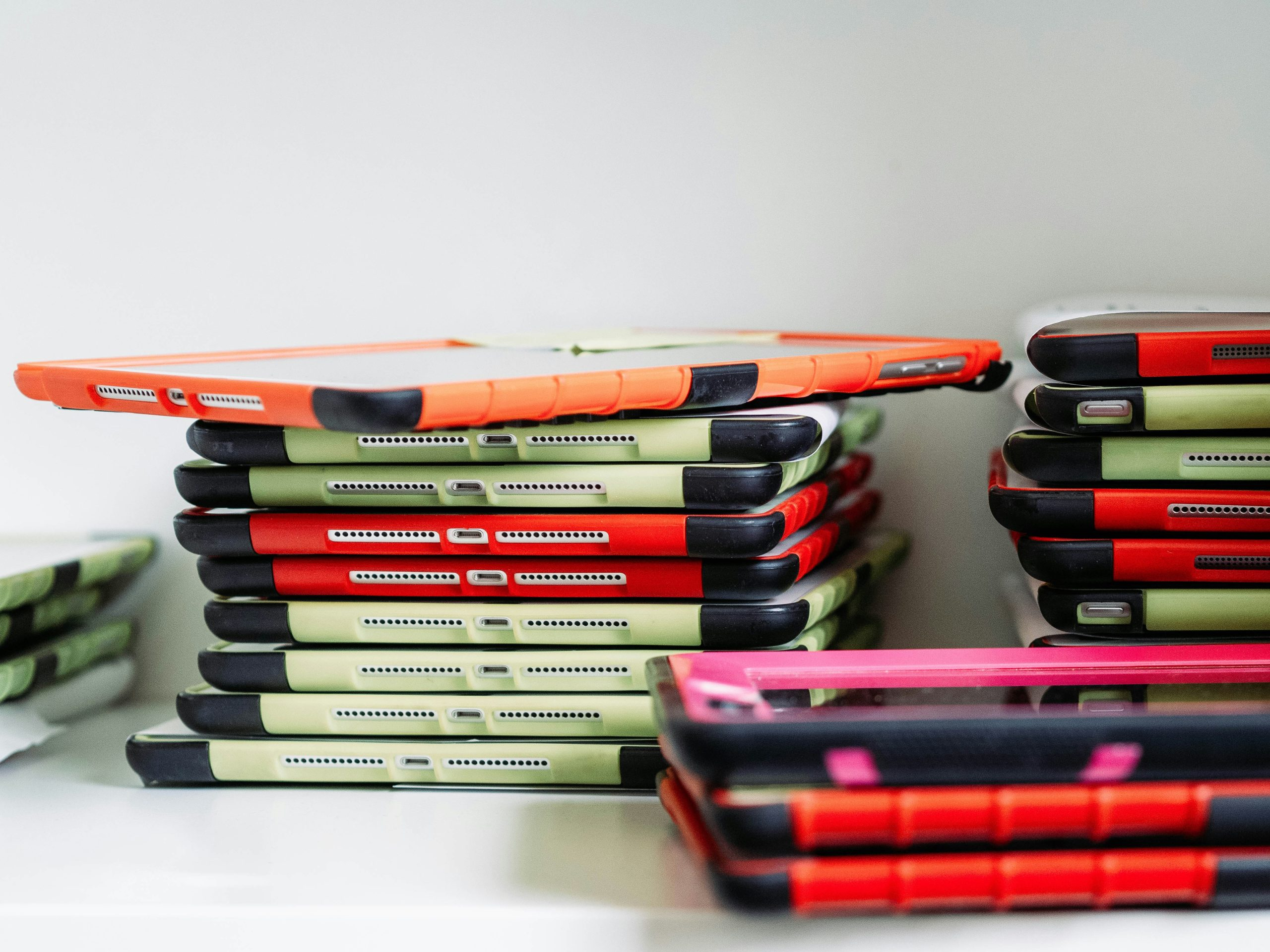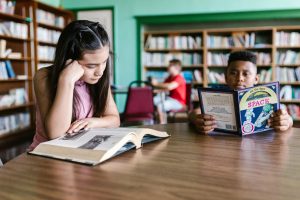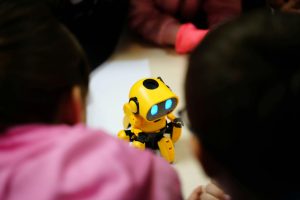Gamified Learning: How Minecraft and Roblox Are Replacing Textbooks
In today’s rapidly advancing digital age, traditional textbooks are increasingly being replaced by more engaging and interactive ways of learning. This has given rise to the concept of gamified learning, which uses elements of gaming to enhance the educational experience. Two popular games that have been at the forefront of this movement are Minecraft and Roblox. These sandbox games have successfully captured the attention of millions of students worldwide, bringing a new dimension to education and revolutionizing the way we learn. In this article, we will explore how these games are replacing textbooks and the impact they are having on modern education.
The Power of Gamification in Education
The concept of gamification in education is based on the principle that learning can be made more engaging and effective by incorporating elements of games. This approach has gained wide-spread recognition and is being implemented by schools and universities all over the world. One of the main reasons for its popularity is that gamification taps into our innate desire for competition, rewards and recognition, making learning a fun and challenging experience.
Minecraft: The Ultimate Sandbox for Education
Minecraft, a game developed by Mojang Studios, has become a substantial part of the education system, especially in STEM subjects. The game has a virtual sandbox environment that allows players to build and shape their world using digital blocks. It has endless possibilities, which makes it an ideal platform for learning. The game can be used to teach a wide range of subjects, from simple geometry and mathematics to advanced coding and programming.
Teaching Maths and Geometry
Minecraft’s block-based construction system provides a practical way for students to learn about angles, volumes and measurements. In the game, players can build structures of varying shapes and sizes, making it easy for them to visualize and understand mathematical concepts. Teachers have also created custom worlds that replicate real-life scenarios to teach students about dimensional analysis and problem-solving techniques.
Bringing History and Culture to Life
Minecraft is not just limited to STEM subjects; it has also found its way into history and cultural studies. Teachers are using the game to recreate historical events and monuments, giving students an immersive experience. Many schools have also used Minecraft to recreate ancient civilizations, such as the Roman Empire or ancient Egypt, enabling students to explore and interact with these cultures in a more engaging way.
Roblox: From Gaming to Game Creation
Roblox, a game development platform, has taken the concept of gamified learning to the next level. Unlike Minecraft, Roblox allows players to create their games using its simple and intuitive game engine. This feature has opened up a wide range of possibilities for educators, as they can now create custom games and activities tailored to their specific curriculum.
Engaging Students in Computer Science
Roblox has become a popular tool for teaching computer science and coding, as it allows students to see the results of their code in action. Many schools have introduced courses that use Roblox to teach students the basics of game development and programming. This hands-on approach has been well received by students, who find it more intuitive and interactive than traditional coding tutorials.
Developing Collaborative Skills in Students
One of the most significant advantages of using Roblox for education is its multiplayer feature. Students can collaborate and work together to create complex games and projects, developing their teamwork and problem-solving skills. This not only makes the learning experience more engaging but also better prepares students for the collaborative nature of the workforce.
The Challenges Faced by Gamified Learning
While gamified learning has its benefits, it also faces some challenges that need to be addressed. One of the main concerns is the cost of implementing these technologies in schools and universities. Not all institutions have the necessary resources to invest in gaming equipment and software, making it challenging to incorporate gamification into the curriculum.
Another concern is the potential distractions that gaming can create in the classroom. Teachers are faced with the task of finding the right balance between learning and play to ensure that students are not just entertained but are also actively engaging in the educational material.
In Conclusion
The world of education is continuously evolving, and it is essential to embrace new technologies and methodologies to enhance the learning experience. Minecraft and Roblox are just two examples of how games can be used to replace textbooks and make learning more fun and interactive. While there are challenges that need to be overcome, the potential for gamified learning to revolutionize education is undeniable. As we continue to advance technologically, it is only a matter of time before gamified learning becomes the norm in classrooms across the globe.











